Rothenburg Walk, Germany
Rothenburg ob der Tauber, often simply referred to as Rothenburg, is one of Germany’s most picturesque and well-preserved medieval towns. 919
St. Jakobskirche Church: Kirchpl., 91541 Rothenburg ob der Tauber, Germany
Blade Gate: Klingengasse 15, 91541 Rothenburg ob der Tauber, Germany
Castle Gate: Alte Burg, 91541 Rothenburg ob der Tauber, Germany
Plönlein: u. Schmiedgasse, 91541 Rothenburg ob der Tauber, Germany
Date Picture Taken: May, 2024
The buildings you see here were built in the 15th and 16th centuries, making them about 500 years old.



Looked back

My stay was a bit away from the center. This is the direction to the center.

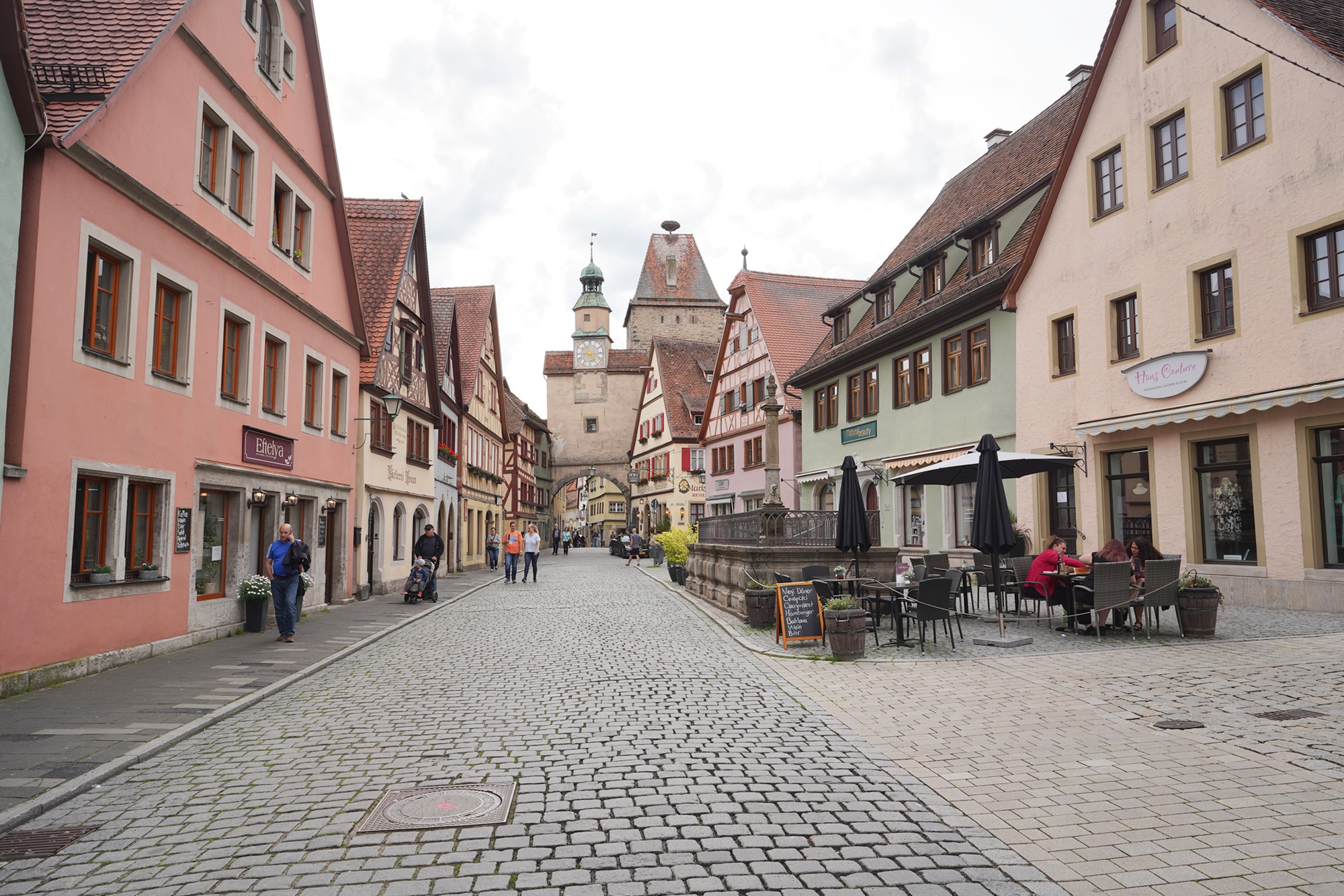





Rothenburg ob der Tauber, often referred to as Rothenburg, is one of Germany’s most picturesque and well-preserved medieval towns. Its name means “Red Fortress above the Tauber,” referencing its location atop a hill overlooking the Tauber River. The town’s rich history, dating back to the 10th century, and its medieval architecture draw visitors worldwide.

Rothenburg was founded around 970 AD, initially as a castle built by the counts of Comburg-Rothenburg. The town grew in importance during the Middle Ages, becoming a Free Imperial City in 1274.
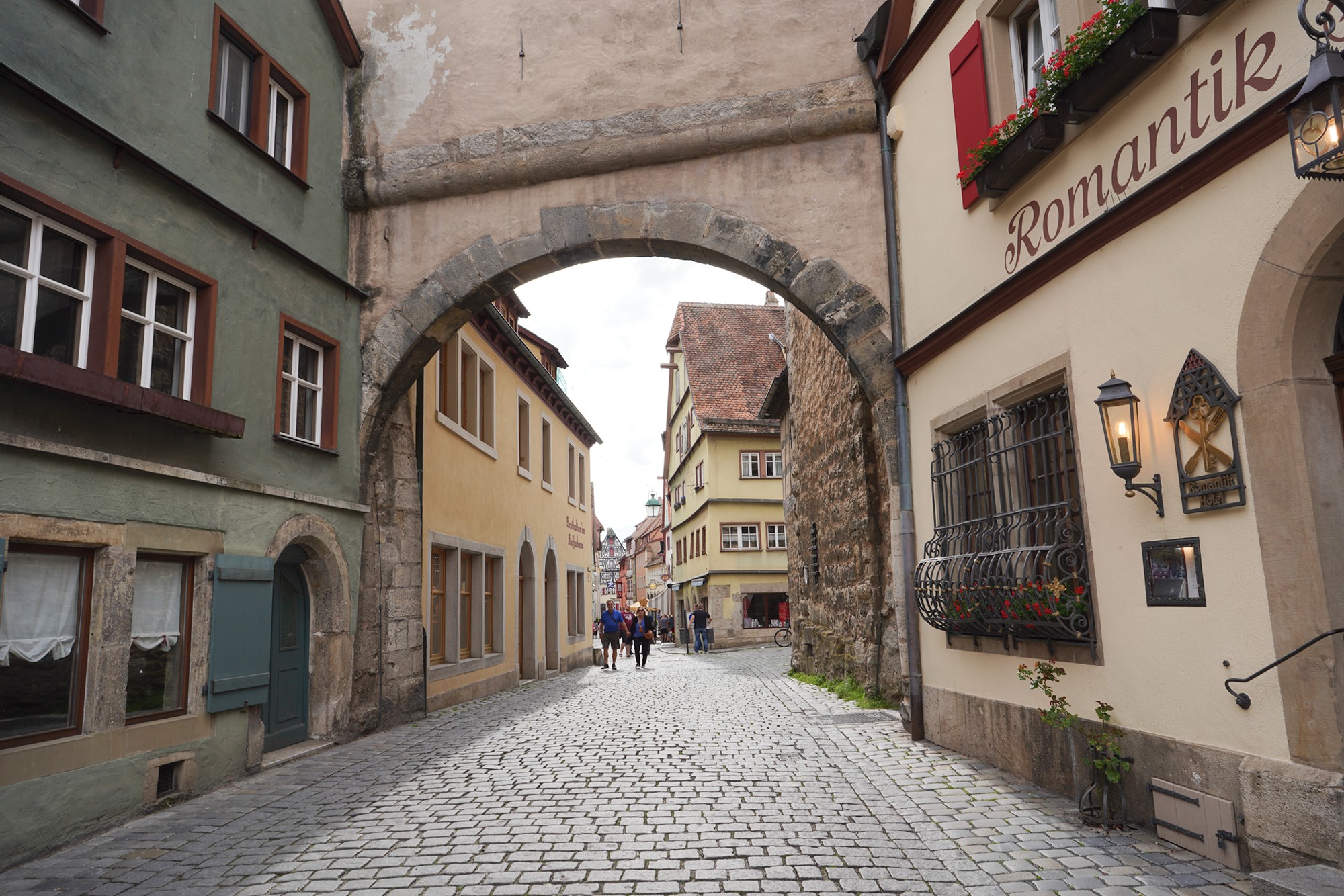

The 14th century was Rothenburg’s golden age when it was one of the largest cities in the Holy Roman Empire. Its wealth came from its strategic location on trade routes and its production of wine and wool.

A side street

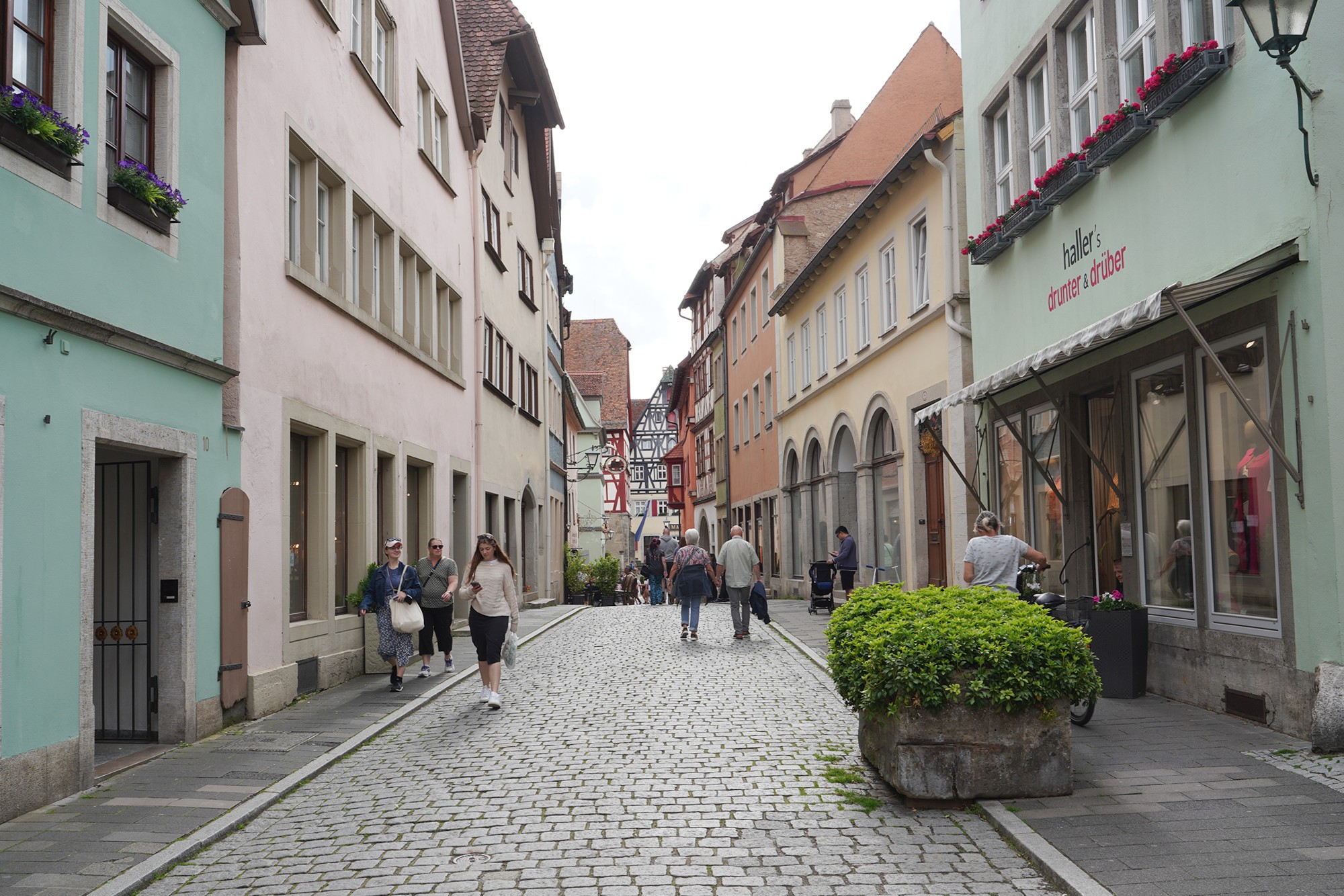
Looked back at the clock gate

The town’s fortunes declined after the Thirty Years’ War (1618–1648) and the loss of its status as a Free Imperial City in 1803. However, this decline contributed to the preservation of its medieval character, as the lack of development left many buildings untouched.


The Market Square and the center of the town

The street on the left

Town Hall (Rathaus): The Gothic part of the Town Hall was built in the 13th century, and the Renaissance-style facade was added in the 16th century.



The clock tower is part of the Ratstrinkstube, which translates to “Councilors’ Drinking Room,” reflecting its original purpose as a gathering place for the town’s councilors.

The Night Watchman Tour: A popular evening guided tour where the night watchman takes you through the town, sharing stories and history.





The back streets of the Ratstrinkstube (clock tower).





Walked back to the Market Square.


Walked to St. Jakobskirche Basilica from the square

Looked back at the squre



St. Jakobskirche (St. James’ Church) is the most significant church in Rothenburg ob der Tauber and a major attraction for visitors. This Gothic church is renowned not only for its architectural beauty but also for its exceptional art, particularly the woodcarvings by the master sculptor Tilman Riemenschneider.


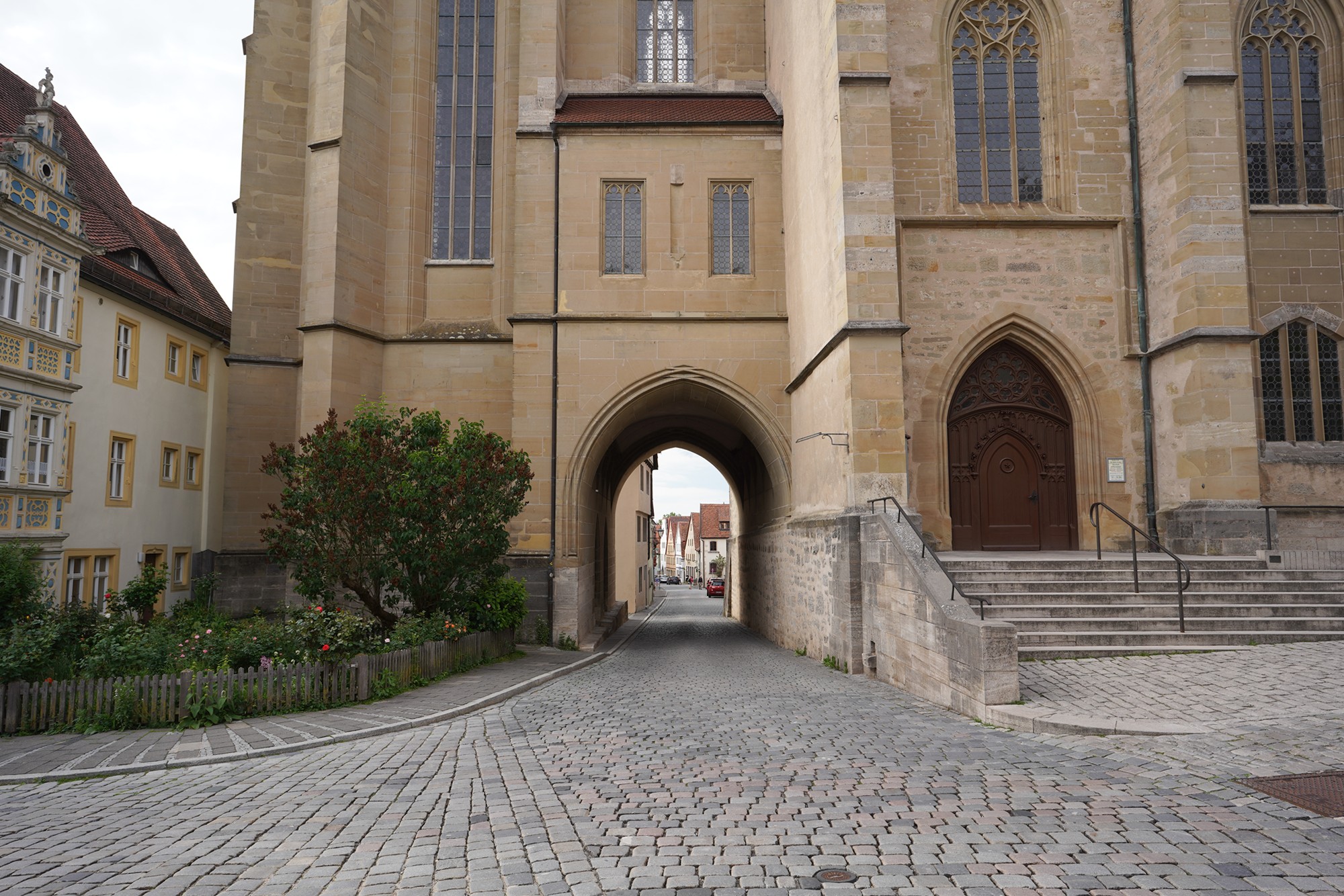
More houses were behind the church, but I did not take this passageway.


Instead, I walked the street in the front of the church






Then turned left into a small street

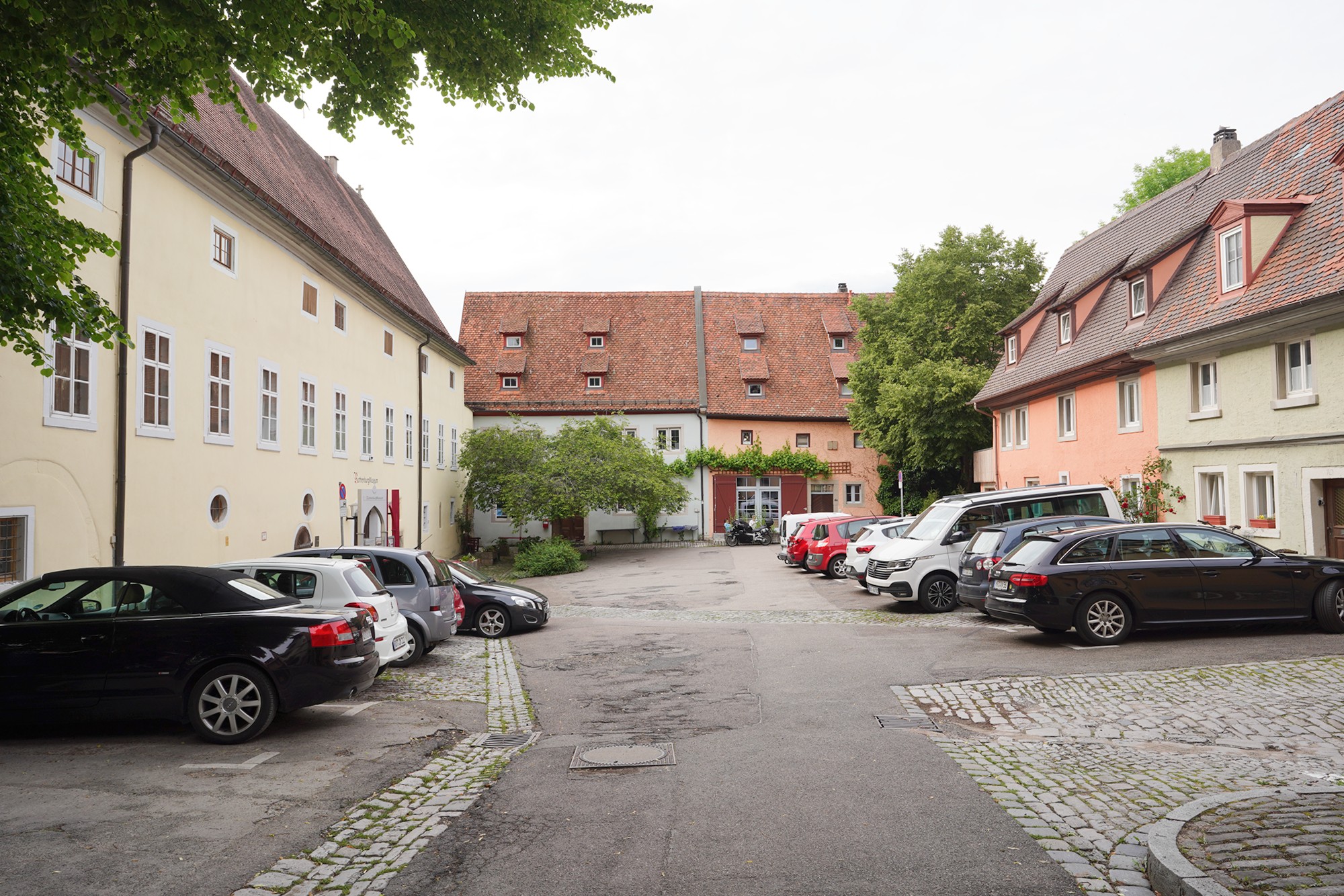

Rothenburg Museum

Turned left again



Looking at the left side, I saw the church. This is the street behind the church

I turned to the right side, opposite from the church

There was another clock gate. The town is walled with gates.
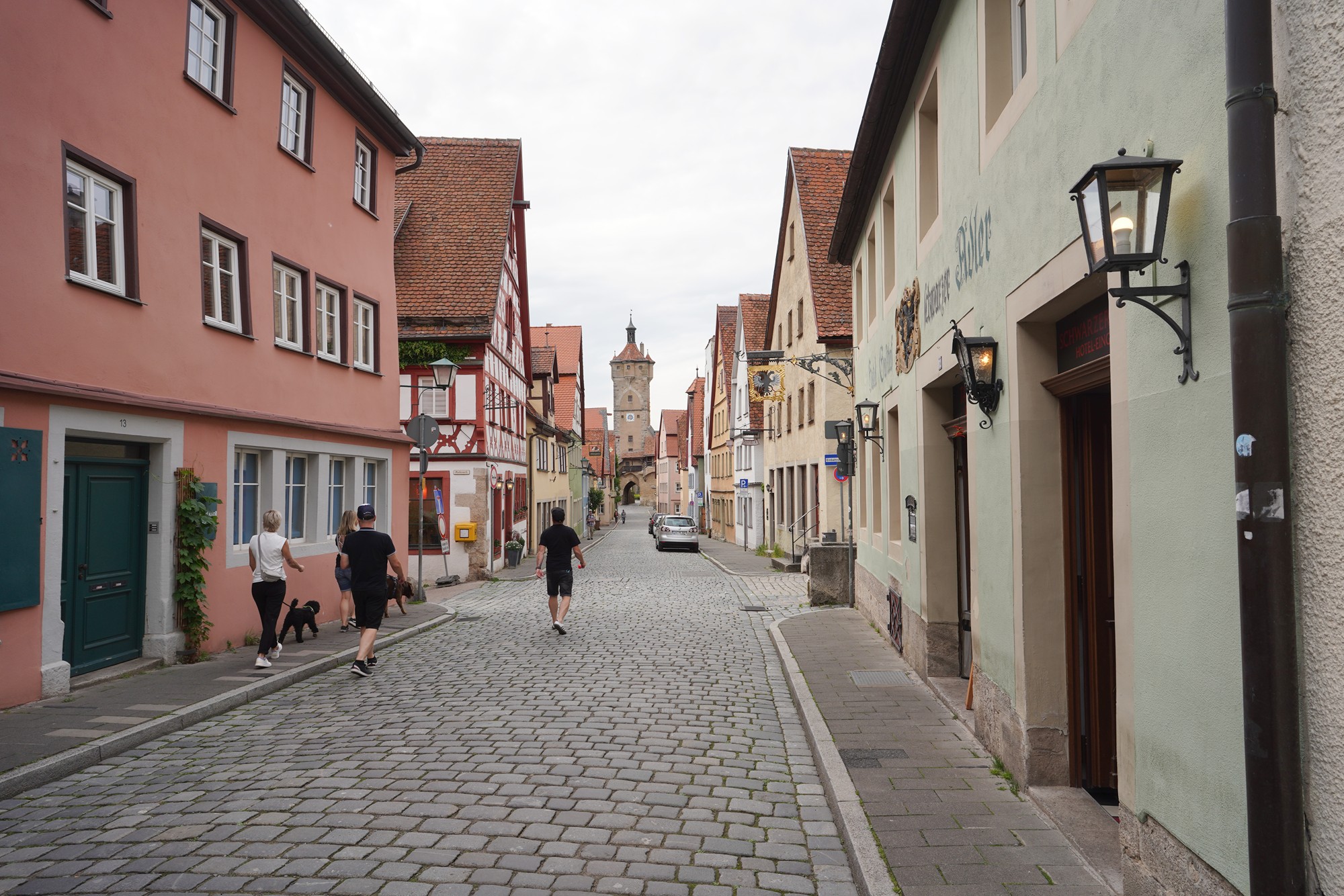
Looked back


It is called the Blade Gate, and it was also constructed in the 14th century and is connected to Rothenburg’s city walls.




I passed through the gate

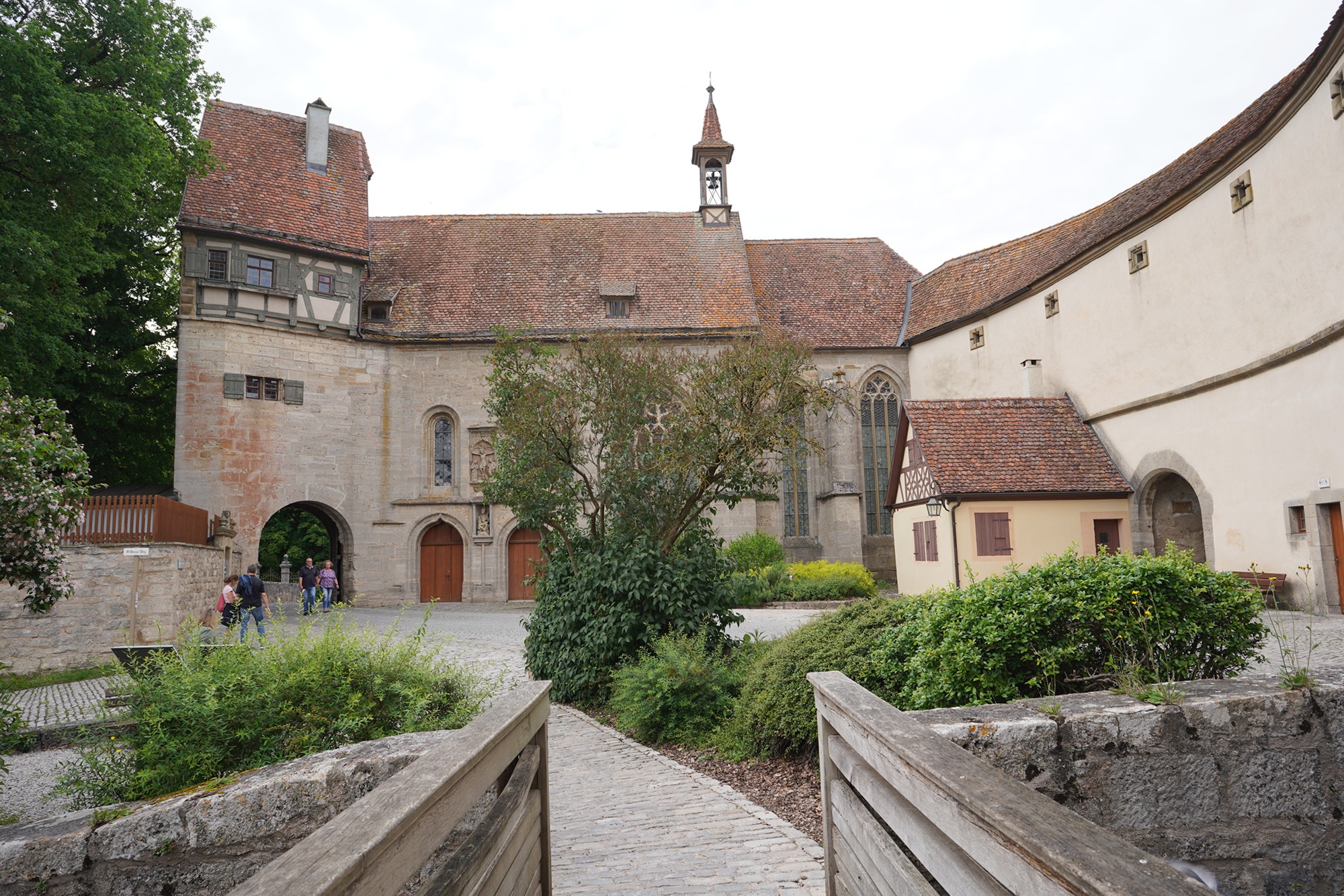



Went back into the town

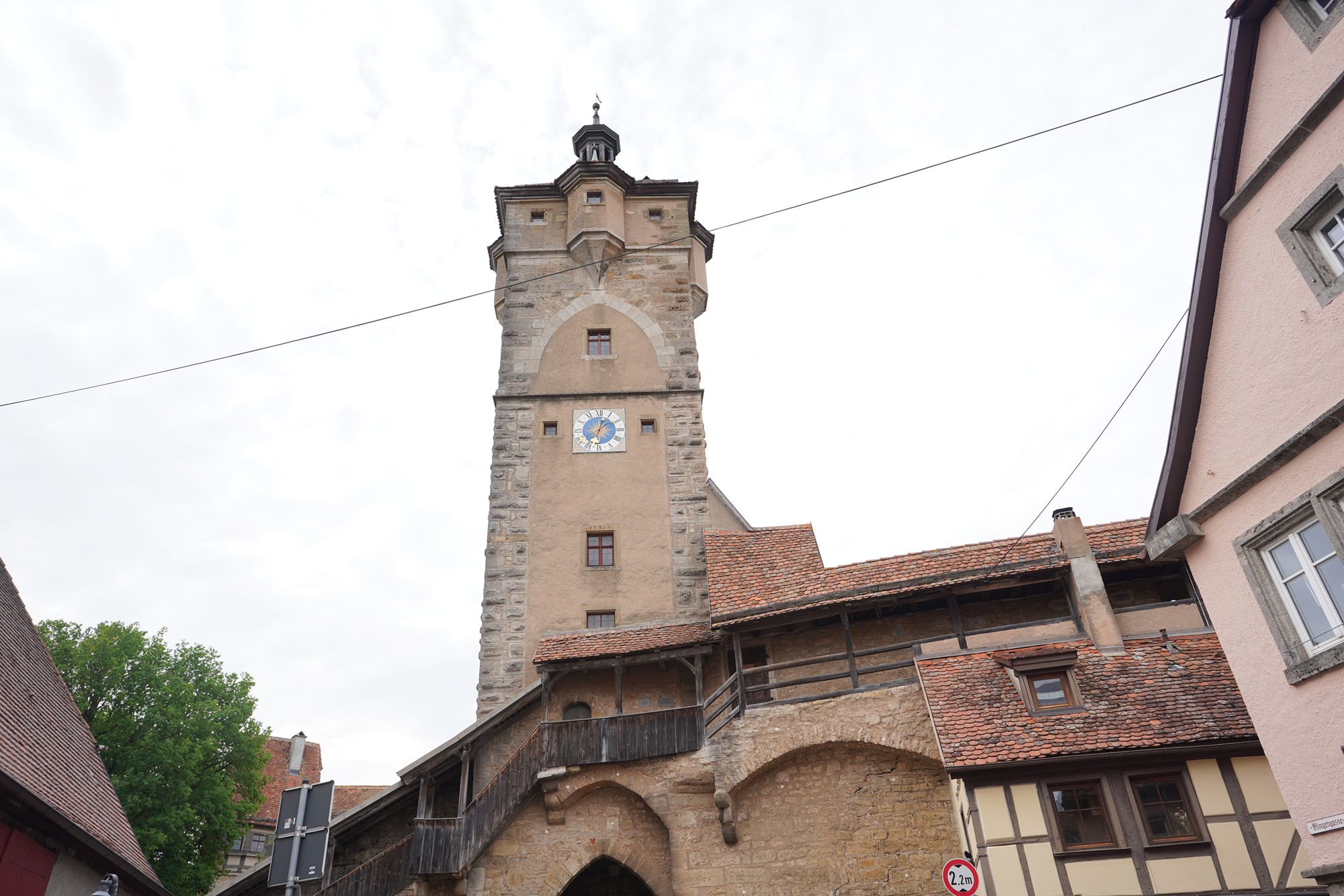


Looked back at the gate tower


Walked back toward the town in the same way I came
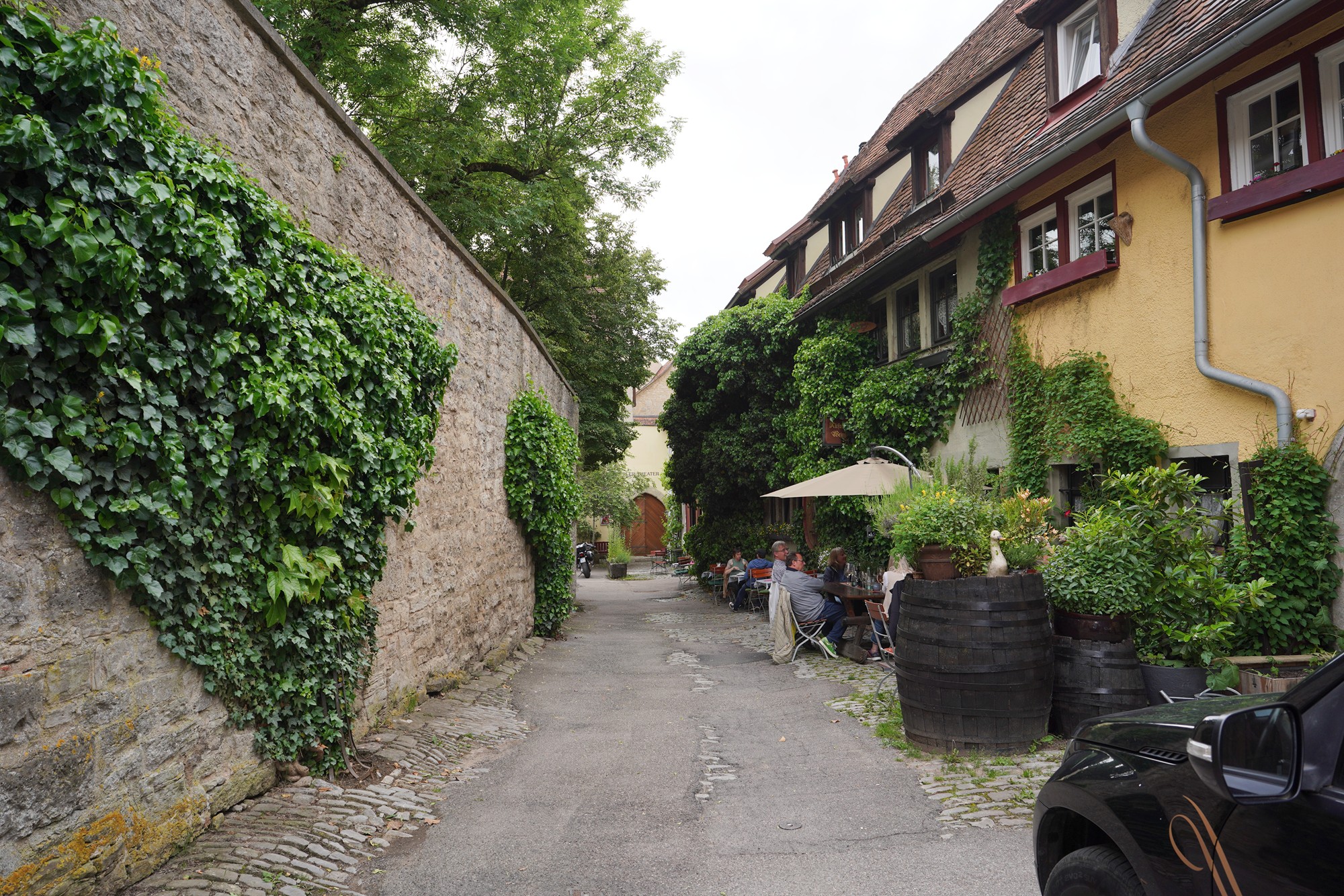


The Convent garden is one of the quieter corners of Rothenburg. It is the garden of the former Dominican monastery, which now houses the Imperial City Museum.


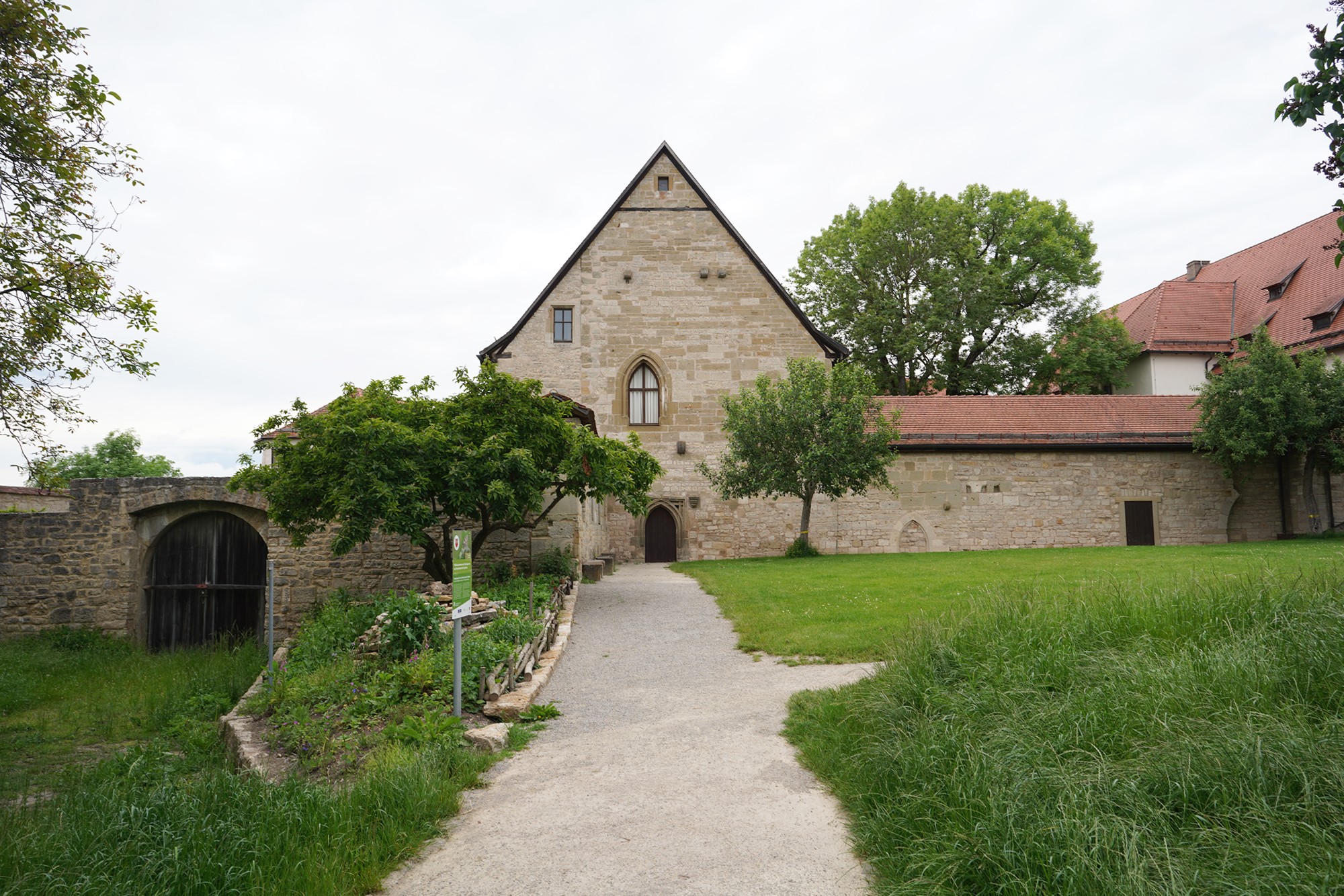

Out of the convent’s garden and came back to the street



Another gate called the Castle Gate

I went through the gate to the outside


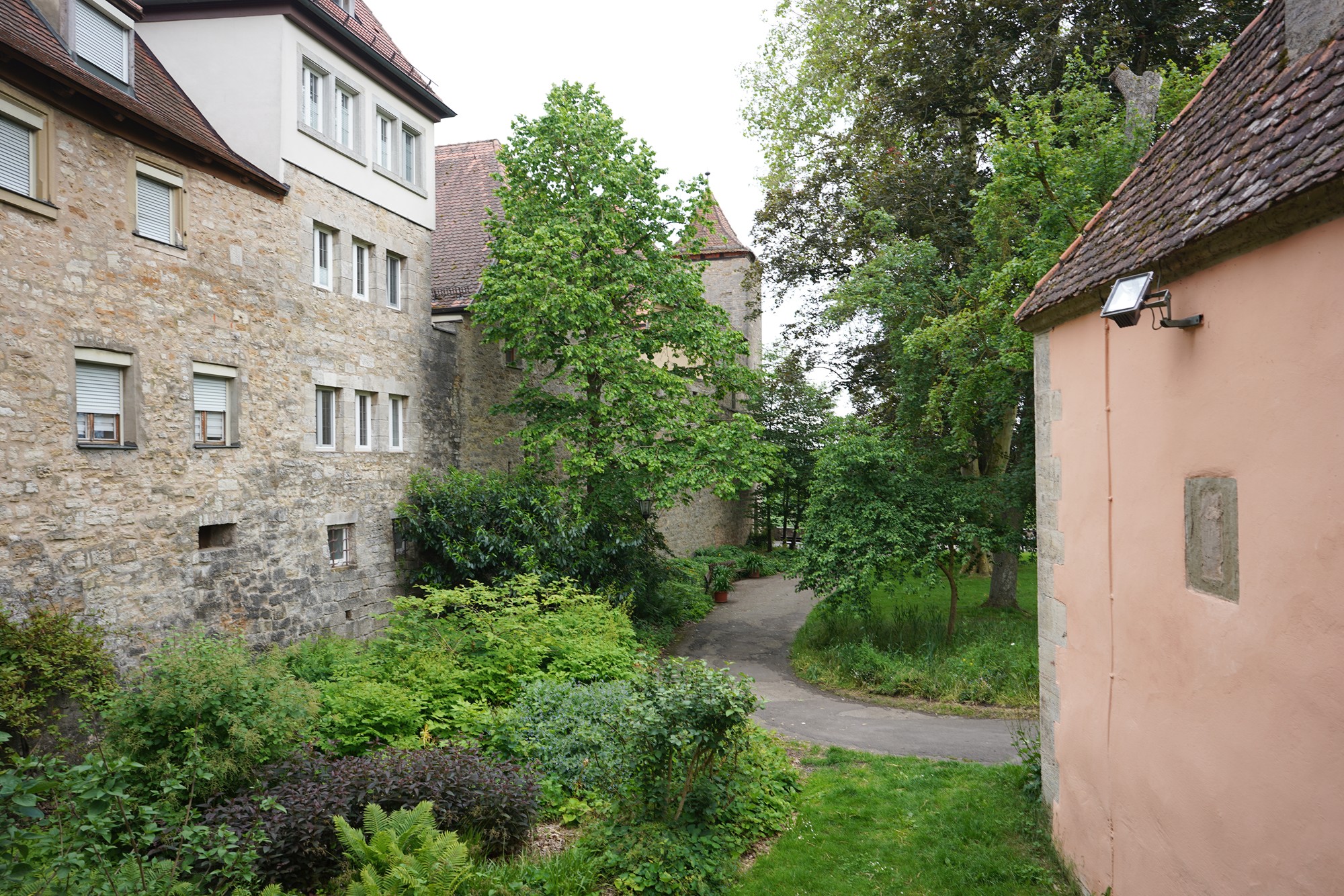
Looked back at the gate





Walked back to the gate




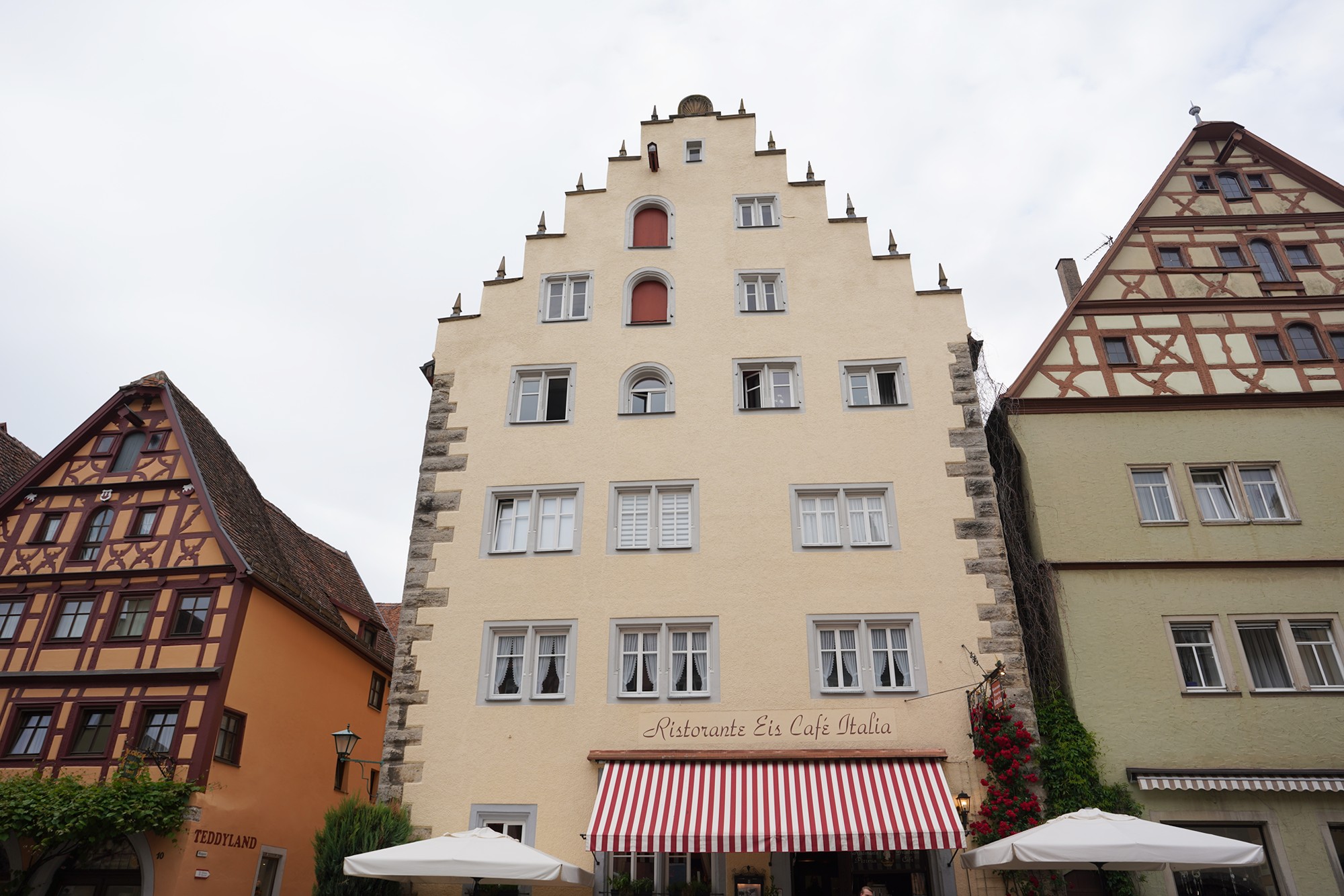
Walked back to the Market Square





Turned around and looked back



Walked toward where I stayed





The next day, the weather was sunny, so I walked the same way and retook the town pictures.







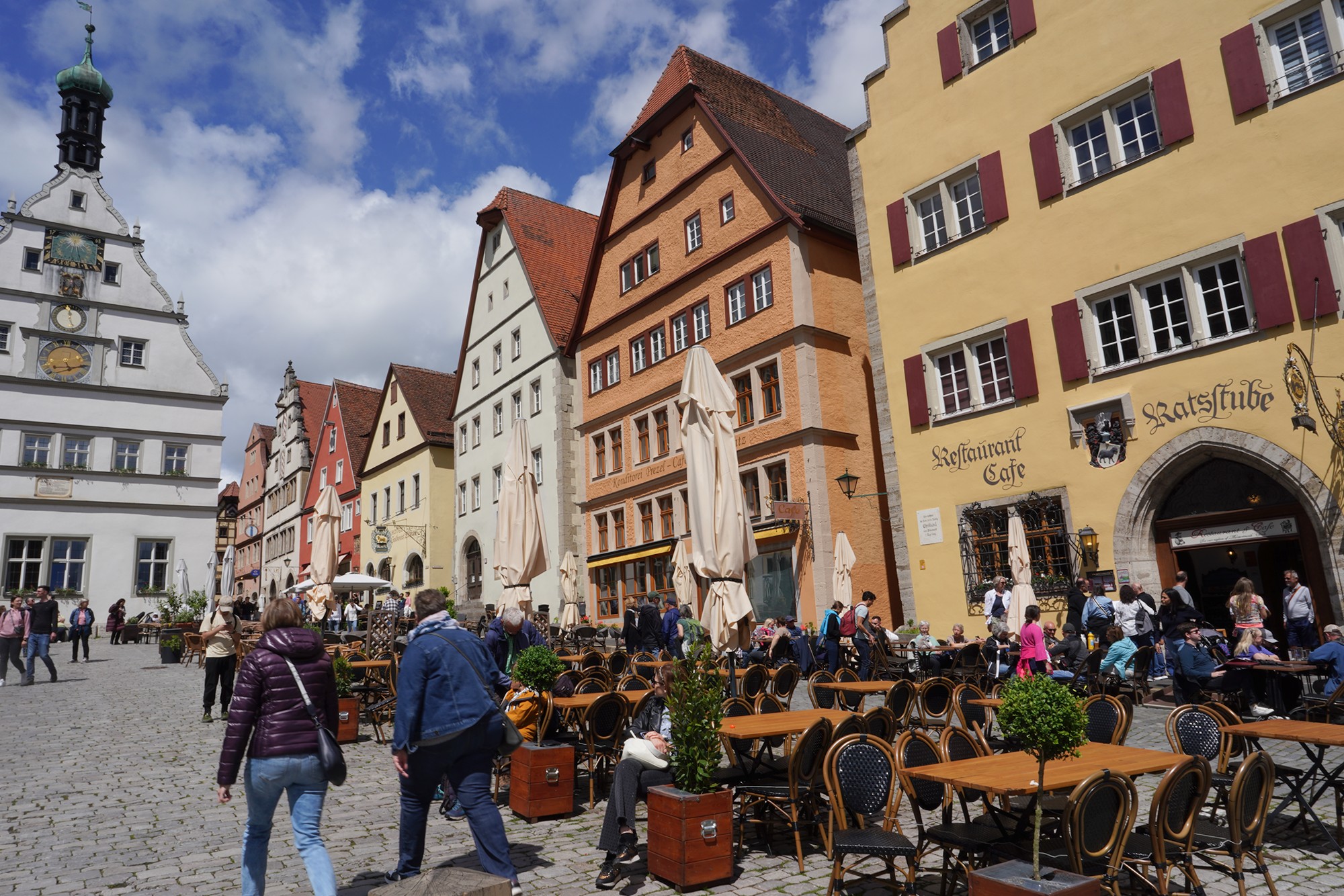




Walked on this street a little bit

Then turned around and came back to the Market Square

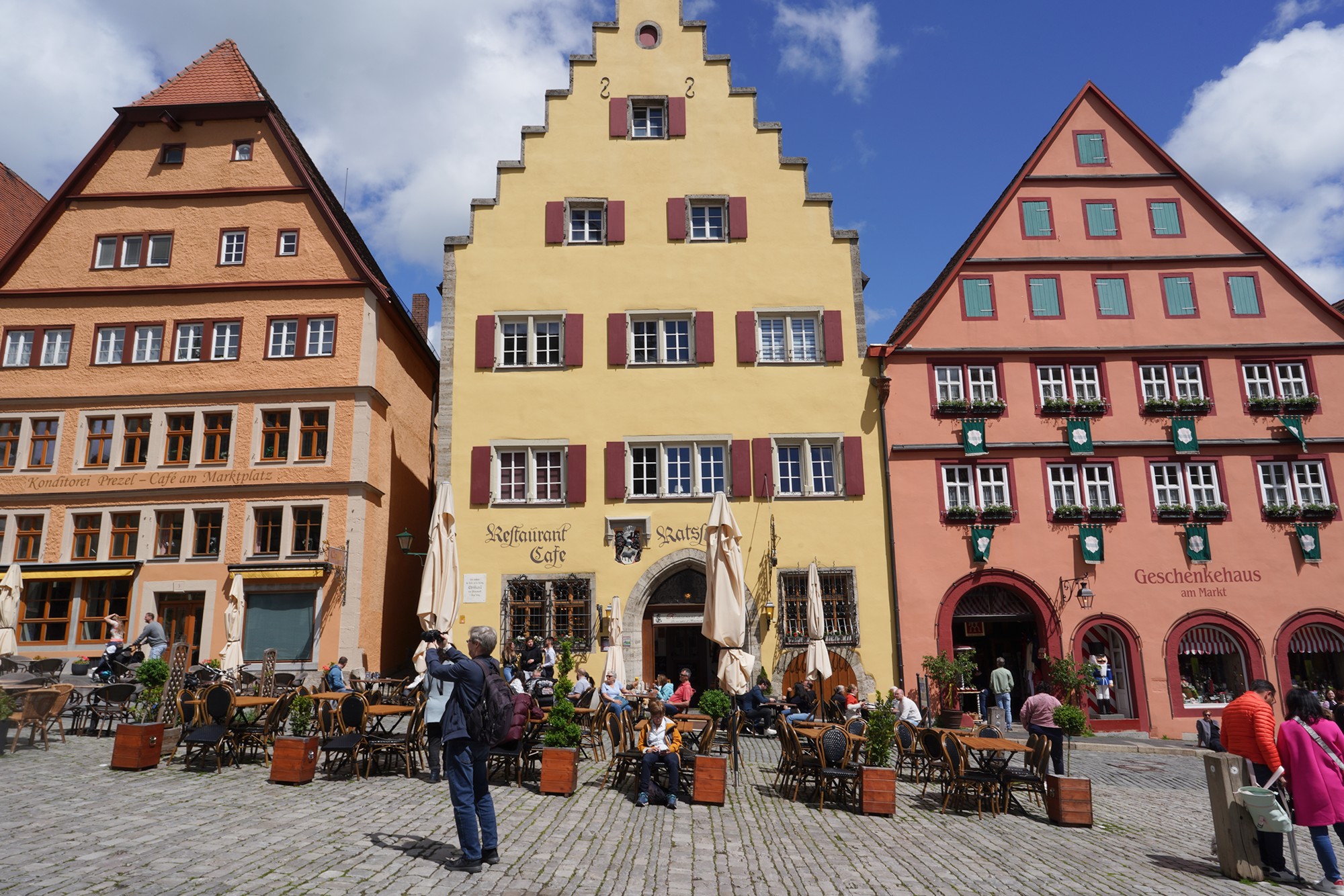
And I decided to walk on Schmiedgasse Street, the best-known street in Rothenburg.

This charming, cobbled street is part of the town’s medieval core and is known for its well-preserved half-timbered houses, shops, and historical landmarks.



The street name “Obere Schmiedgasse” translates to “Upper Smithy Alley,” indicating its historical association with blacksmiths and craftsmen. Schmiedgasse is divided into two parts: “Obere” (Upper) and “Untere” (Lower). Obere Schmiedgasse starts near the Marktplatz (Market Square) and stretches downhill towards the famous Plönlein, a small square that is one of Rothenburg’s most iconic spots.


The street’s layout and buildings have remained largely unchanged for centuries, making it a prime example of Rothenburg’s commitment to preserving its medieval character. Obere Schmiedgasse reflects the town’s rich history and offers a glimpse into daily life in Rothenburg during the medieval period.
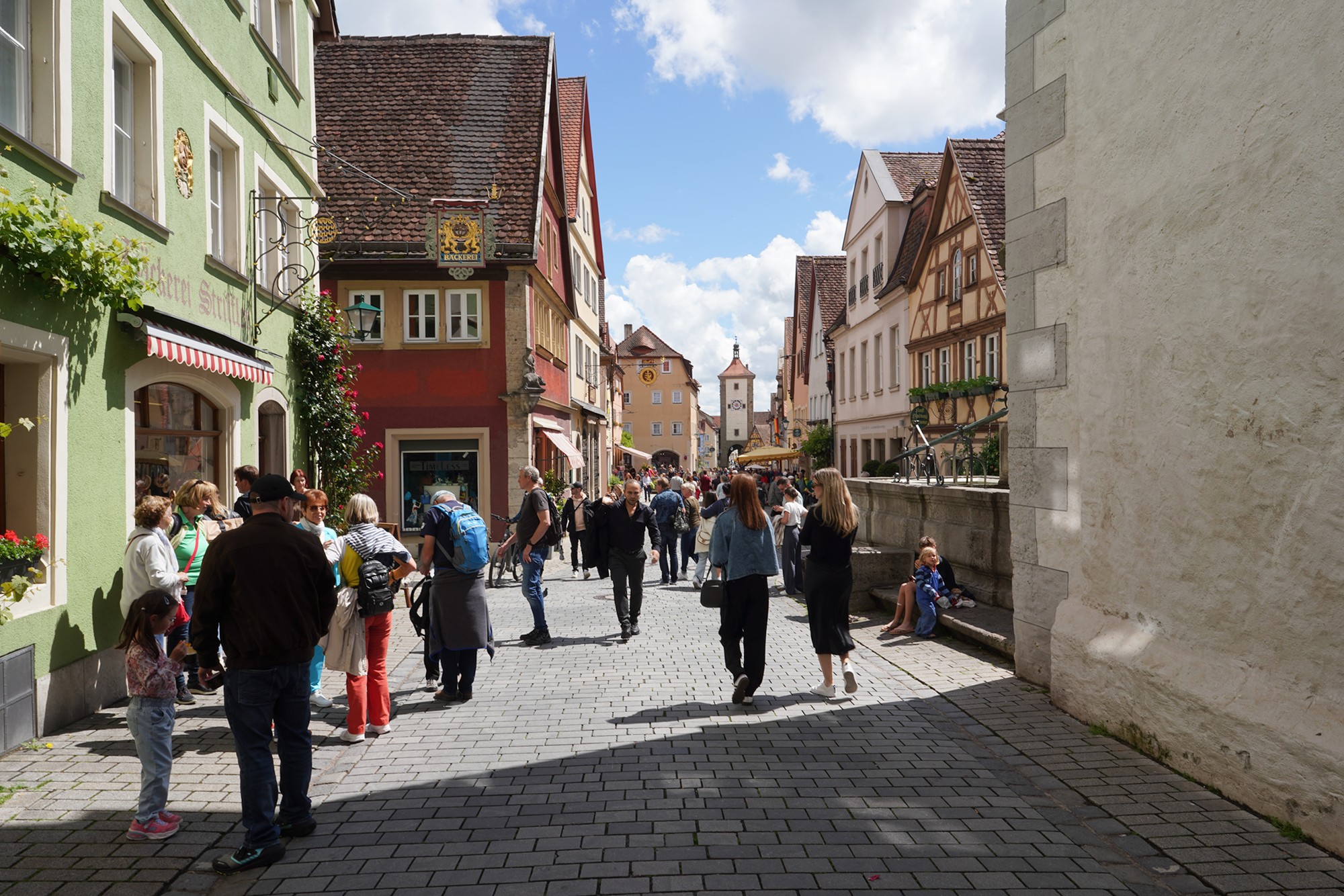
A side street




At the southern end of Obere Schmiedgasse, you will find Plönlein, one of Rothenburg’s most photographed spots. Plönlein is a narrow, triangular square where Obere Schmiedgasse meets two roads leading to the Kobolzeller and Siebers Towers. The iconic yellow half-timbered house at Plönlein, with its tilted roof and flower boxes, is a quintessential image of Rothenburg.
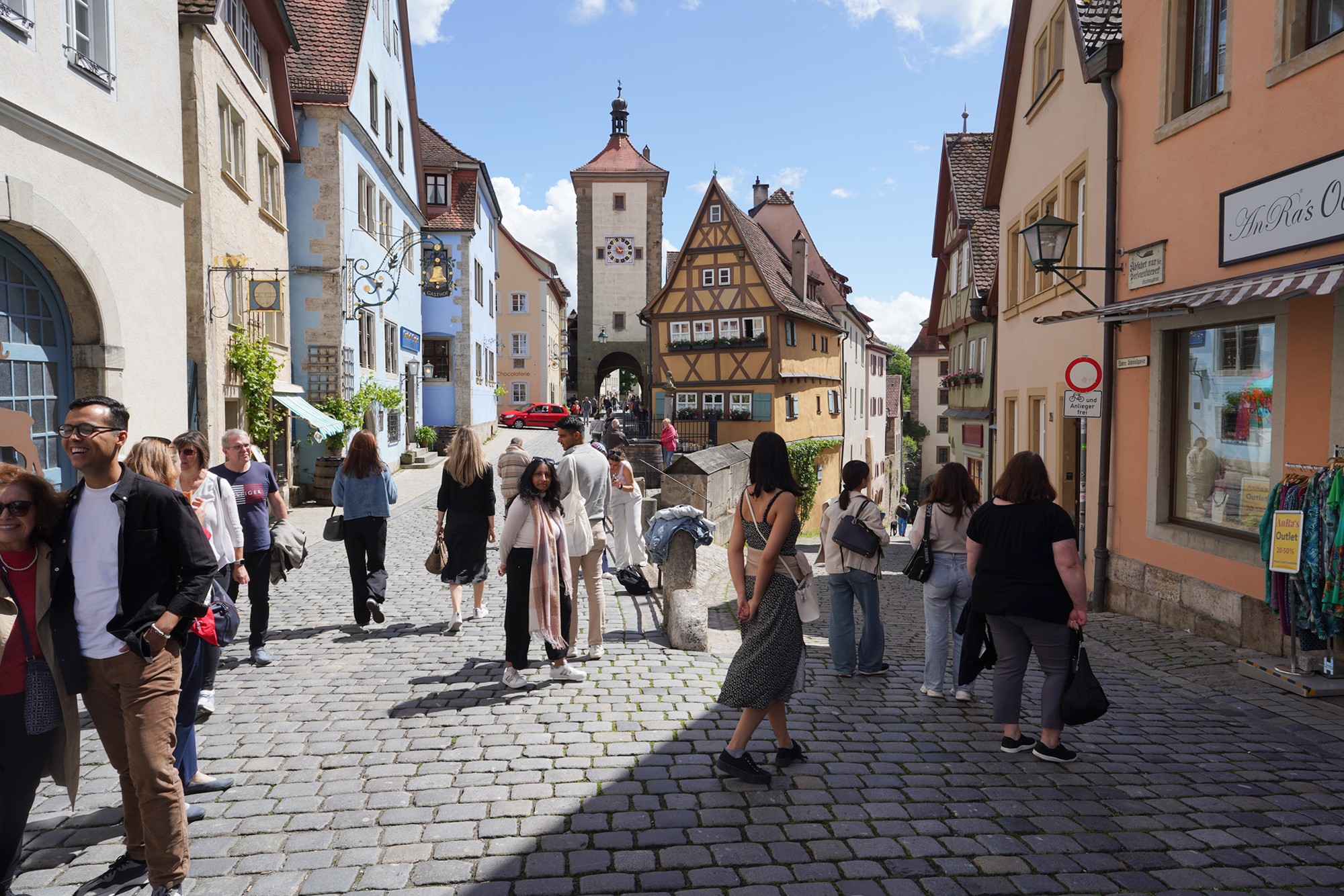
I turned around here and walked back to my stay

The back side

I used the side streets to reach my stay



